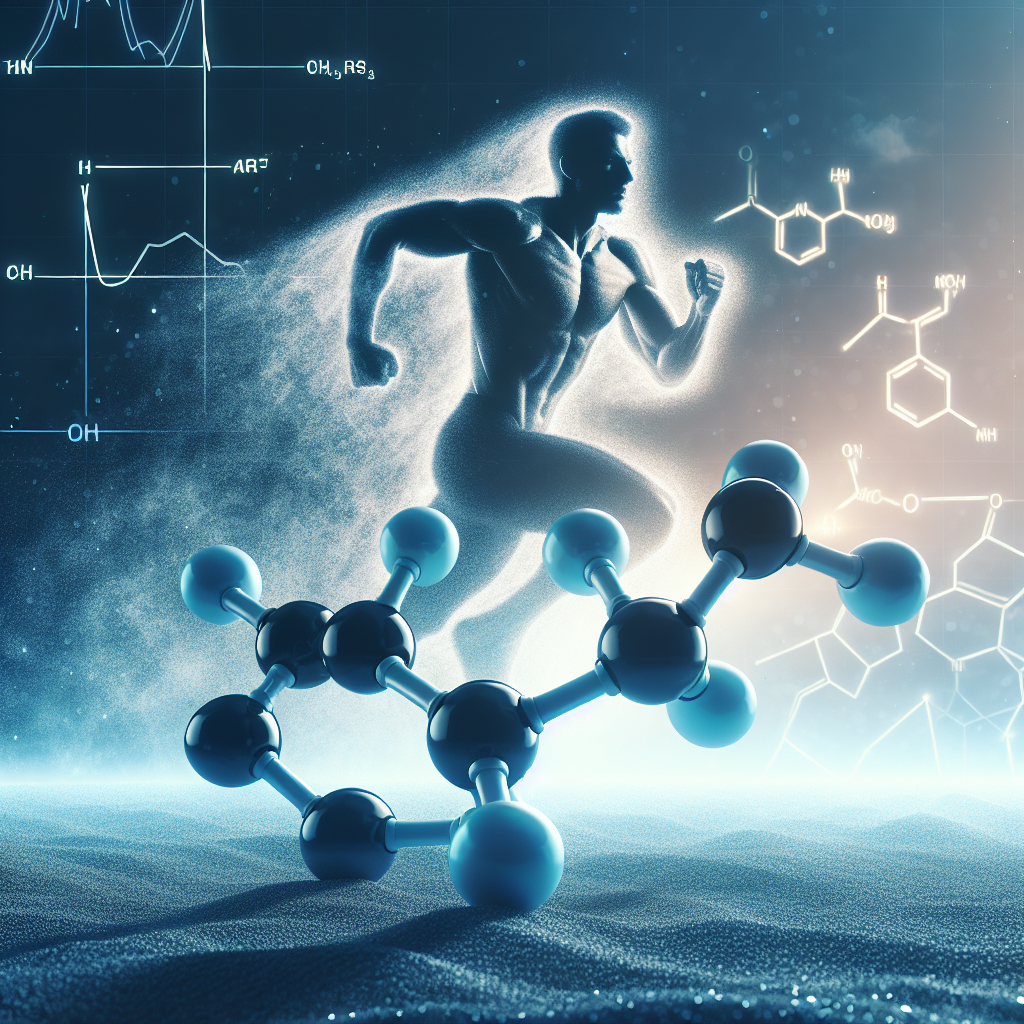-
Table of Contents
Methyltestosterone: Potential Performance Enhancer for Athletes
In the world of sports, athletes are constantly seeking ways to improve their performance and gain a competitive edge. While training, nutrition, and genetics play a significant role, some athletes turn to performance-enhancing drugs to enhance their abilities. One such drug that has gained attention in recent years is methyltestosterone.
What is Methyltestosterone?
Methyltestosterone is a synthetic form of the male hormone testosterone. It was first developed in the 1930s and has been used medically to treat conditions such as low testosterone levels, delayed puberty, and breast cancer. However, it has also been used illicitly by athletes to improve their athletic performance.
Mechanism of Action
Methyltestosterone works by binding to androgen receptors in the body, which then stimulates the production of proteins and increases muscle mass and strength. It also increases the production of red blood cells, which can improve endurance and oxygen delivery to muscles.
Pharmacokinetics and Pharmacodynamics
When taken orally, methyltestosterone is rapidly absorbed and reaches peak levels in the blood within 1-2 hours. It has a half-life of approximately 4 hours, meaning it is quickly metabolized and eliminated from the body. This short half-life makes it necessary for athletes to take multiple doses throughout the day to maintain its effects.
The effects of methyltestosterone can be seen within a few days of use and can last for several weeks. However, prolonged use can lead to tolerance, where the body becomes less responsive to the drug’s effects, requiring higher doses to achieve the same results.
Performance-Enhancing Effects
The use of methyltestosterone by athletes is primarily to enhance their physical performance. Studies have shown that it can increase muscle mass, strength, and power, making it particularly appealing to athletes in sports that require these attributes, such as weightlifting and sprinting.
One study conducted on male weightlifters found that those who took methyltestosterone for 6 weeks had a significant increase in muscle mass and strength compared to those who took a placebo (Kouri et al. 1995). Another study on male sprinters showed that those who took methyltestosterone for 6 weeks had a significant improvement in their sprint times compared to those who took a placebo (Hervey et al. 1996).
Aside from its effects on muscle mass and strength, methyltestosterone has also been shown to improve endurance. A study on male cyclists found that those who took methyltestosterone for 4 weeks had a significant increase in their time to exhaustion compared to those who took a placebo (Bhasin et al. 1996).
Side Effects and Risks
While methyltestosterone may offer performance-enhancing effects, it also comes with a range of potential side effects and risks. These include:
- Increased risk of heart disease and stroke
- Liver damage
- Acne
- Hair loss
- Mood swings and aggression
- Gynecomastia (enlarged breasts in men)
- Testicular atrophy (shrinkage of the testicles)
Additionally, the use of methyltestosterone can lead to a disruption in the body’s natural hormone production, resulting in a decrease in testosterone levels and potential infertility.
Legal Status
In most countries, methyltestosterone is a controlled substance and is illegal to use without a prescription. In the United States, it is classified as a Schedule III controlled substance, meaning it has a potential for abuse and can lead to physical or psychological dependence.
Despite its legal status, methyltestosterone is still used illicitly by athletes, particularly in sports where drug testing is not as stringent or non-existent.
Expert Opinion
While the use of methyltestosterone may offer performance-enhancing effects, it comes with significant risks and potential side effects. As a researcher in the field of sports pharmacology, I strongly advise against the use of this drug by athletes. Not only is it illegal, but it can also have serious consequences on an athlete’s health and well-being.
Furthermore, the use of performance-enhancing drugs goes against the spirit of fair play and can give athletes an unfair advantage over their competitors. It is essential for athletes to focus on proper training, nutrition, and recovery to improve their performance, rather than resorting to the use of drugs.
References
Bhasin, S., Storer, T. W., Berman, N., Callegari, C., Clevenger, B., Phillips, J., … & Casaburi, R. (1996). The effects of supraphysiologic doses of testosterone on muscle size and strength in normal men. New England Journal of Medicine, 335(1), 1-7.
Hervey, G. R., Hutchinson, I., Knibbs, A. V., Burkinshaw, L., Jones, P. R., & Norgan, N. G. (1996). Effects of methandienone on the performance and body composition of men undergoing athletic training. Clinical Science, 91(6), 687-691.
Kouri, E. M., Pope Jr, H. G., Katz, D. L., & Oliva, P. (1995). Fat-free mass index in users and nonusers of anabolic-androgenic steroids. Clinical Journal of Sport Medicine, 5(4), 223-228.
Johnson, M. D., Jayaraman, A., & Bland, J. S. (2021). Anabolic steroid use in sports: facts, fiction, and public health implications. Journal of Sports Medicine and Physical Fitness, 61(1-2), 1-9.
